The Proper Way to Break In Your New Band Saw Blade
If you're in the market for a new Baileigh band saw blade, there are some measures you will need to take to make sure you get the full benefits of the blade. Band saws take on a lot of punishment as they’re used, so it’s important to take care of them. Properly breaking in a band saw is the first step you should take.
Today, we’ll provide you with a few tips related to properly maintaining your band saw blade.
Shape Your Band Saw Blade Teeth
Band saws that are fresh off the assembly line come with razor-sharp teeth. They’re much sharper than what you would ordinarily need for your daily tasks. You need to hone these teeth before you begin regularly using your new saw to prevent them from being damaged. Shaping them to create a micro-fine radius keeps the saw from undergoing damage that you may not be able to see. Microscopic damage to the teeth can escalate into fractures and cracks in the blade.
Your first few cuts with the blade should be at a lower rate than your average use. As you go through the steps listed below, you should see chips forming on the teeth. These will strengthen the blade and give it a longer lifespan. You’ll gradually increase the cutting rate with each successive cut to create these chips. The speeds you use will depend on the material type of the band saw blade itself.
Easy-to-Cut Material
Saws made from metals like carbon steel and aluminum are considered easy to cut. Start off your project by running the normal surface feet per minute. Then, for 50-100 square inches of cutting, you’ll adjust the feed pressure to around half of the normal cutting rate. Increase the cutting rate two or three more times before reaching the normal cutting rate. Reduce the vibrations as much as possible to avoid hindering the formation of chips.
Hard-to-Cut Material
Hardened steel, tool steel, stainless steel, and nickel-based alloys are some examples of hard-to-cut materials. For these, you’ll also want to start at the normal surface feet per minute. You’ll also adjust the feet pressure but at a different rate. Change it to around three-fourths of the normal cutting rate for 25-75 inches of cutting material. Increase the rate for the next handful of cuts until you get to your normal speeds. Again, avoid as many vibrations along the blade as you can.
Hard-to-cut materials tend to harden quickly, so you’ll need a little more force with them. Materials that are sawed at lower speeds need more pressure applied when you’re breaking them in. The right amount of feed pressure needs to be applied when you break in the band saw to remove some excess material from the blade.
Reach Out to Quantum Machinery Group for High-Quality Band Saw Blades
Taking good care of your band saw blades will save you money and frustration in the long run. Need high-quality band saw blades that won’t break, even under intense pressure? Quantum Machinery Group can supply you with the finest band saw blades on the market.


